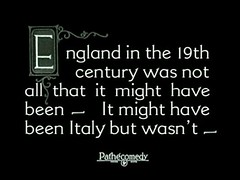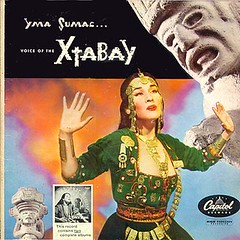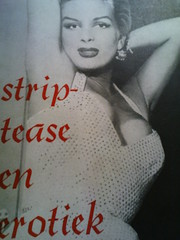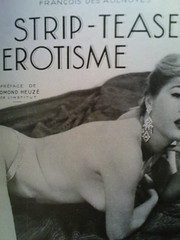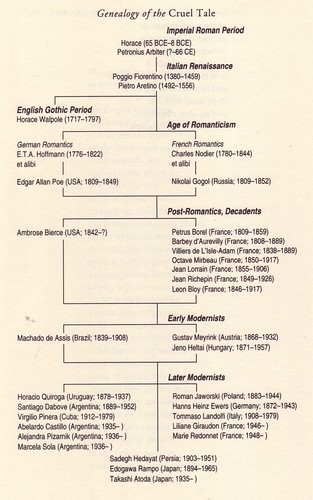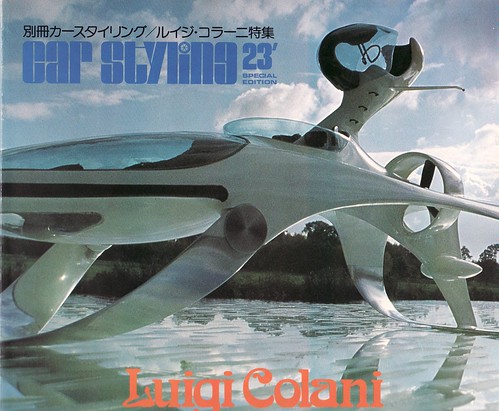[Youtube=http://www.youtube.com/watch?v=MFHxn_9aVq8]
The Warbler, 1963, “man on the street” interview
Coyle and Sharpe was the name of American comic duo Jim Coyle and Mal Sharpe who appeared on television and radio during the early sixties, exhibiting their mastery of the “man on the street” interview, with humorous results.
Coyle and Sharpe began their comedy team in 1958 in a boarding house. In their official website Jim Coyle is described as a “benign conman who talked his way into 119 jobs by the time he was 25”. Mal Sharpe. At the time of their meeting, Mal Sharpe had just graduated college and was interested in the burgeoning scene that was happening in in the San Francisco area in that time.
In 1964, they were hired by radio station KGO in San Francisco to pull pranks, or as they jokingly referred to them, “Terrorizations”. The radio show was called “Coyle and Sharpe On The Loose”. Shortly after these broadcasts aired, they released two records: “The Absurd Imposters“[1] and “The Insane Minds Of Coyle And Sharpe“[2], which were released on the Warner Records.
The whereabouts of Jim Coyle are unkown, but in their website, a supposition is offered that he left the act to pursue a career in “tunneling” and that he died in 1993 burrowing under the city of Barcelona.
Mal Sharpe continued to do the “Man on the Street” interviews. In the year 2000, Sharpe hosted a centennial exhibit at the Whitney Museum, called “The American Century“. Coyle and Sharpe were featured in the Soundworks Exhibit for this presentation.
They have one record that re-presented their seminal comedy material in 2000 from Thirsty Ear, entitled Coyle And Sharpe-Audio Visionaries[3].

